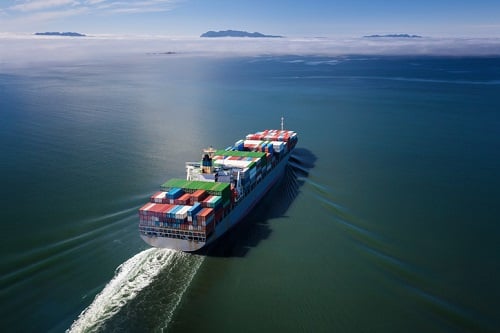

In the past year, more than 100 ships have suffered engine complications after taking off-specification fuel supplies, known as bunkers, from major shipping territories around the world. The Houston area – which is one of the most reputable bunker hubs in the marine industry – has been accused of supplying contaminated bunkers to at least 100 vessels. The issue is also affecting other major maritime jurisdictions, such as Panama, Singapore and Hong Kong.
“The challenge with this type of contamination is that it’s not identified as a contaminant under the ISO 8217 fuel specification requirements,” explained Jorge Pecci, marine practice head at RSG Underwriting Managers (RSGUM). Two of the main contaminants in the fuel are phenol and styrene, both of which have natural binding and adhesive qualities that can cause engine fuel pumps and plungers to seize up.
“There is a way to test for type of contaminant, but it’s quite complex and expensive,” Pecci told Insurance Business. “It’s an advanced analytical technique called GCMS (gas chromatography mass spectrometry) testing, which goes well beyond the Table 2 parameters defined under the ISO 8217 requirements. Testing bunkers with the GCMS technique before loading them into vessels is the best step for proactive owners and charterers to take if they want to avoid this problem.”
GCMS testing is not a standard testing procedure for bunkers and there aren’t many laboratories in shipping ports around the world that have this capability. Furthermore, the GCMS testing period normally lasts five to 15 days, which can present challenges for charterers and ship owners who are up against the clock for submitting bunker contamination claims. This contractual time bar is particularly restrictive if a vessel needs to de-bunker because that can cause tremendous delays and could potentially result in a breach of contract for timed charterers.
“Bunker suppliers tend to have restrictions in their contracts which state claims must be made within 25 days of loading the bunker. If an issue is identified after this period of time, the ship owner or charterer might lose the opportunity to go against the supplier. Today, there are many cases in arbitration where the ship owners are challenging the restrictions imposed by the suppliers, and the industry is waiting to see the outcomes of these arguments,” Pecci commented.
One thing the shipping industry could do is require charterers under contract to carry out a GCMS test prior to loading bunkers. So far, this step has not been taken for two reasons. The first is that there aren’t enough laboratories able to carry out the test to justify ship owners and charterers carrying out GCMS testing. The second, according to Pecci, is the expectation that this type of contamination will soon fade away.
“There’s a lot of effort being put into avoiding this type of contamination,” Pecci commented. “The P&I insurance industry is taking a proactive approach, in the sense of recommending clients take the adequate steps to avoid having a claim. Because of that, there’s an expectation that this type of contamination will eventually fade away.”
